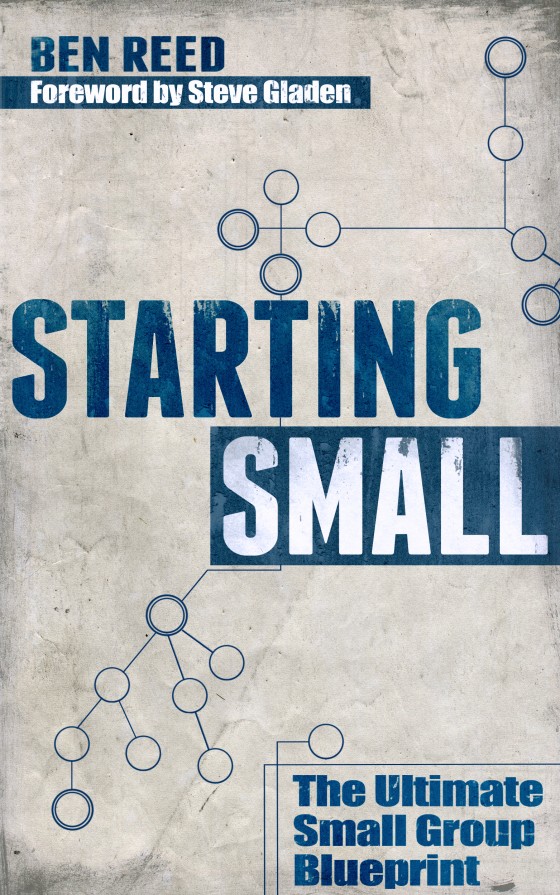I don’t write my blog posts so that I would hit the Top 100 Christian blogs (though I do love the stuff that Kent, at ChurchRelevance.com puts out). I write them because I process things externally. The best way I work out my thoughts is to put them out publicly for people to see and critique.
It’s just how I’m wired.
Which means that this blog benefits me more than it will ever benefit someone else.
But, since I’m writing it on a consistent basis, I thought it prudent to leverage the platform to the best of my abilities. So here’s some suggestions I’ve got for you if you care to leverage the power of blogging.
Leveraging your blogging platform
1. Consistently write posts. Don’t let weeks or months go by without a post. You gain influence through consistent posting. Even if it’s once/week, consistency is important.
2. Write substantive posts. Deal with real issues that people face. Answer questions people are asking. Dig into issues that are important. Pictures are great…but if you want to leverage influence, put some substance in there.
3. End your posts with a question. I always try to invite dialog, because I am not simply trying to broadcast information. My aim isn’t to put together a good monologue. I want criticisms, questions, comments…and I’ve found that others want the ability to chime in. Ending my posts with a question help people know how to best jump in the discussion.
4. Make your posts shorter. My rule of thumb is to keep my posts less than 500 words. I know that if I get over 500 words, I lose people’s attention. So I try to get rid of the fluff, and get right to the meat of what I’m trying to say.
5. Read other blogs and comment on them. Engaging others on their turf, on their platform, is a great way to interact. And if your goal is to leverage influence through blogging, this is a great way to do it.
6. Connect your ideas through other social networking platforms. Broadcast updates through Twitter and Facebook. Add your info to Networked Blogs. To PostRank (see my thoughts HERE on measuring success by social engagement).
7. Move beyond the screen. Don’t let interaction stop at the comments section of your blog. Schedule up a face-to-face conversation. Get a TokBox going. A great value of social media is that it can get you further relationally with those you’re developing a network with online.
What am I missing? Would you add anything to this list?
Have you worked on any of these things? Any success?




